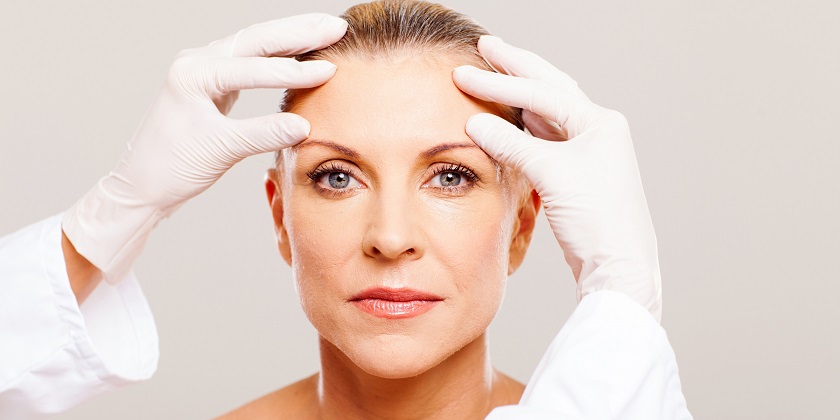- Home
- Brow Lift

A brow lift, also known as a forehead lift or forehead rejuvenation, is a cosmetic procedure to raise the brows. A brow lift improves the appearance of the forehead, the brow and the area around the eyes by raising the soft tissue and skin of the forehead and brow.
You might choose to have a brow lift if you have a low, sagging brow or brow asymmetry. A brow lift might also boost your self-confidence.
A brow lift can be done alone or with other facial procedures, such as eyelid surgery (blepharoplasty) or a face-lift.
Why it's done
Aging typically causes the brows to move down. As skin and soft tissues lose elasticity, the distance between the eyebrows and eyelashes also shortens.
The lower position of the eyebrows can make you look tired, angry or sad. A brow lift can raise the eyebrows and restore a refreshed, more pleasing appearance.
You might consider a brow lift if you have a low or sagging brow that's contributing to sagging upper eyelids.
Risks
A brow lift poses various risks, including:
- Scarring. Scarring might be visible after a brow lift.
- Changes in skin sensation. A brow lift can cause temporary or permanent numbness on the forehead or top of the scalp.
- Asymmetry in the position of the brows. A brow lift can result in asymmetry, with one or both of the eyebrows appearing too high. However, asymmetry may even out during the healing process. Persistent brow shape or position problems can be treated through additional surgery.
- Hair problems. A brow lift can cause an elevated hairline or hair loss at the incision site. If hair loss doesn't resolve on its own, it can be treated with scar excision or hair grafting.
Like any other type of major surgery, a brow lift poses a risk of bleeding, infection and an adverse reaction to anesthesia.
How you prepare
Initially, you'll talk to a facial plastic surgeon or plastic surgeon about a brow lift. During your first visit, your surgeon will likely:
- Review your medical history. Be prepared to answer questions about current and past medical conditions. Talk about any medications you're taking or have taken recently, as well as any surgeries you've had. Tell your doctor if you are allergic to any medications.
- Do a physical exam. To determine your treatment options, the doctor will examine and measure different parts of your face with your eyes open and closed. The doctor might also take photographs for your medical record.
- Discuss your expectations. Explain why you want a brow lift, and what you're hoping for in terms of appearance after the procedure. Make sure you understand the benefits and risks.
Before a brow lift you might also need to:
- Stop smoking. Smoking decreases blood flow in the skin and can slow the healing process. If you smoke, your doctor will recommend that you stop smoking before surgery and during recovery.
- Avoid certain medications. You'll likely need to avoid taking aspirin, anti-inflammatory drugs and herbal supplements, which can increase bleeding.
- Arrange for help during recovery. Make plans for someone to drive you home after you leave the hospital and stay with you for at least the first night of your recovery at home.

